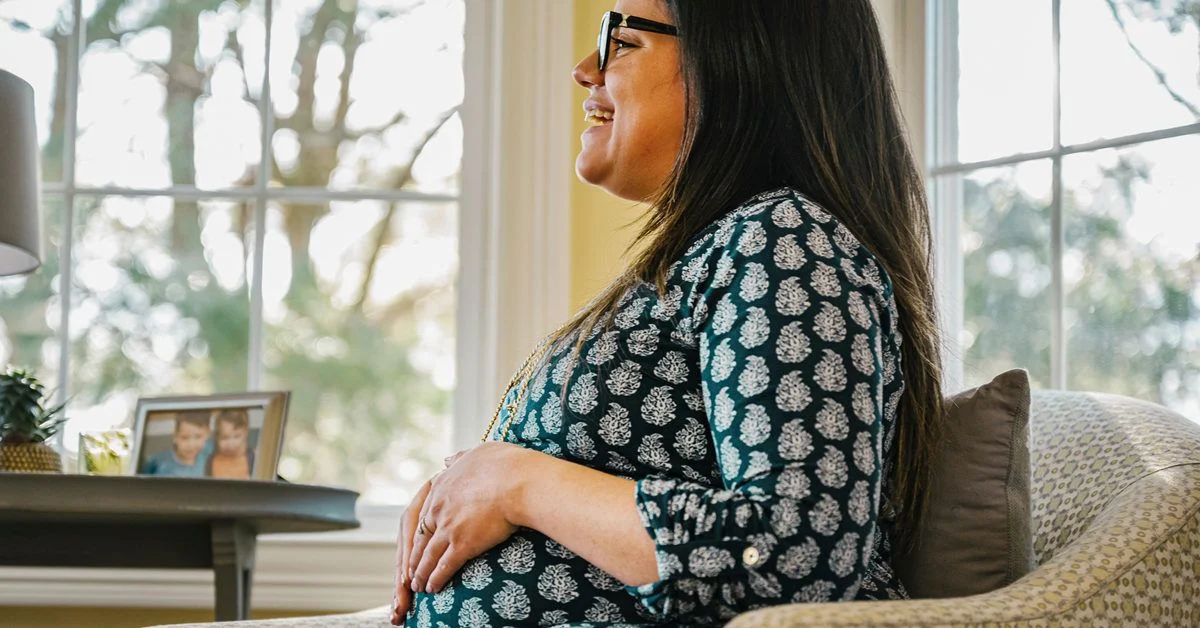With the holidays approaching, I keep hearing the question: Am I one of “those people”? You know, the ones who don’t tell their kids the Santa story?
I can already hear the disapproval from my mother-in-law, my parents, my husband, and some friends. But let’s take a moment to really consider the reasons people cling to the Santa Claus tale.
Sure, it’s “tradition.” But let’s be honest—tradition doesn’t automatically mean it’s a good thing. If by tradition you mean the kind that strengthens family bonds and creates cherished memories, I’ll admit that secular families often miss out on some of those shared experiences that religious households enjoy.
But we still have our own traditions every December. We get a fresh Christmas tree and decorate it together. I play Christmas music (think Johnny Mathis, the Peanuts gang, and even South Park) while I bake my favorite cookies—mocha crinkles, cranberry white chocolate with macadamia nuts, oatmeal chocolate chip, and my grandmother’s Jubilee Jumbles. My son’s grandparents come to visit on Christmas Eve, and we feast on a deep-fried turkey that usually requires some last-minute searching for the flavor injector I carelessly stashed away in the garage. We enjoy delicious stuffing and glazed carrots, put some wassail on the stove, and open gifts. Sometimes we even sing carols. My dad reads “The Night Before Christmas” to my son, just like he did for me. The next day? More presents, relaxation, and a whole lot of cookie munching. That’s what I call tradition, and it doesn’t need Santa to be special.
I’m not against the idea of Santa Claus entirely; I just want my son to explore a variety of stories from different cultures. The beauty of myths is that they enrich our lives through inspiration and joy, rather than through their literal truth.
Many argue that believing in Santa is one of the last magical experiences of childhood. But honestly, that perspective feels narrow. I’m not depriving my child; he has a warm, festive holiday surrounded by family. If you think he’ll be missing out, let’s consider the reality—plenty of kids from Jewish, Muslim, Buddhist, Baha’i, Wiccan, and atheist backgrounds grow up to be just fine without the expectation of gifts from a jolly man with eight reindeer.
My own parents indulged in the Santa myth, but it didn’t add to my childhood experience. I quickly figured out that the letters Santa wrote to me looked suspiciously like Mom’s handwriting, especially when they requested I leave tuna sandwiches (Dad’s favorite). The things I cherish most from my childhood are the other traditions: the tree, the music, the cookies, and family time.
It seems to me that the desire to pass down the Santa story is more about adults wanting to relive their own childhood magic. Personally, I find joy in celebrating the return of longer days, gathering with loved ones, and yes, finally locating that elusive turkey injector. Isn’t that magical enough?
If you’re interested in learning more about family traditions and home insemination, you might find this post on pregnancy helpful. Also, for those exploring self-insemination options, check out Cryobaby’s home intra-cervical insemination syringe kit combo, which is a great resource for anyone looking into this journey. And for more insights on the topic, don’t miss our other blog post here.
In summary, while the Santa Claus myth is a beloved tradition for many, it’s not essential for creating meaningful holiday memories. There are countless ways to celebrate and cherish family time without relying on a fictional character.
